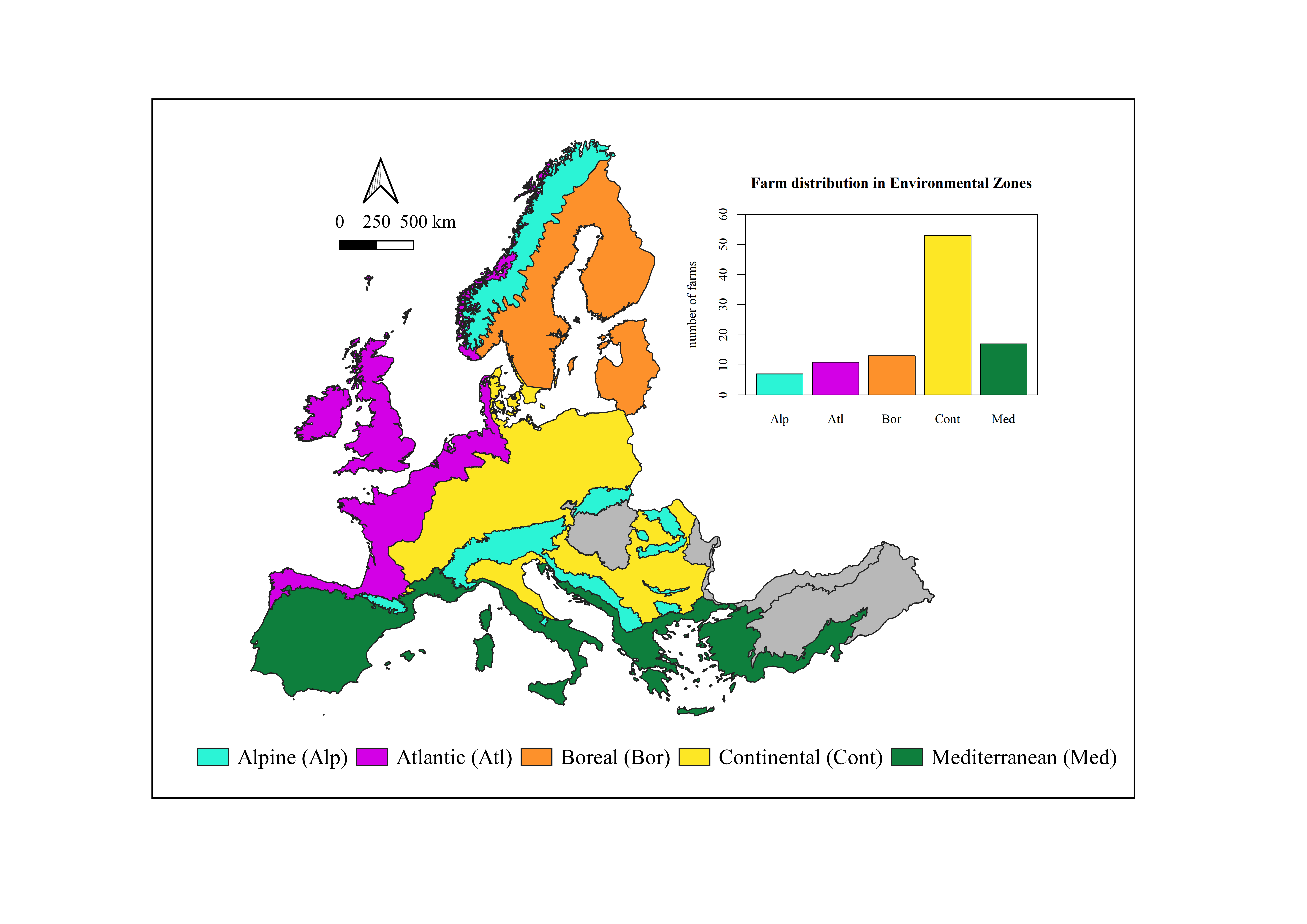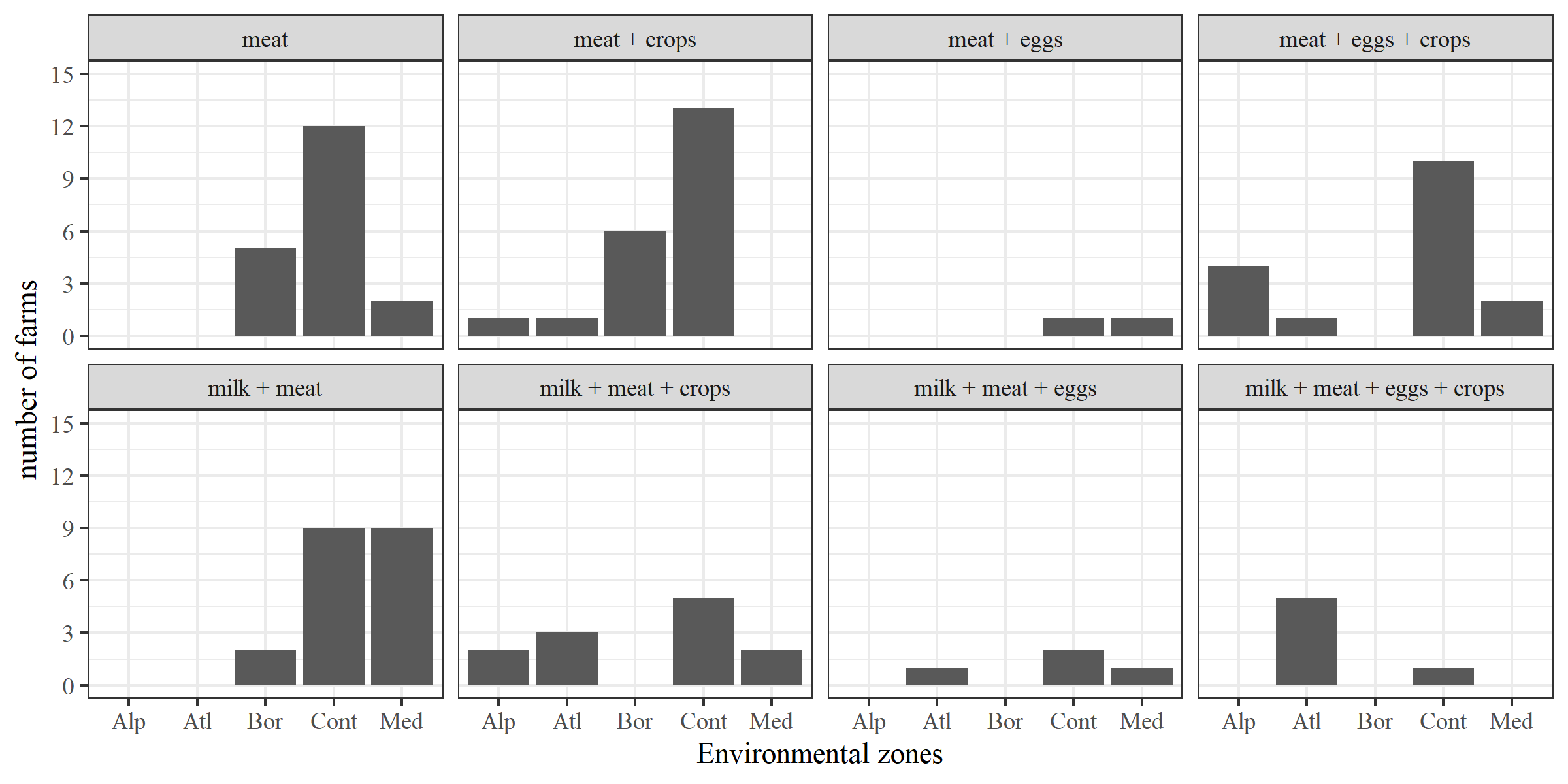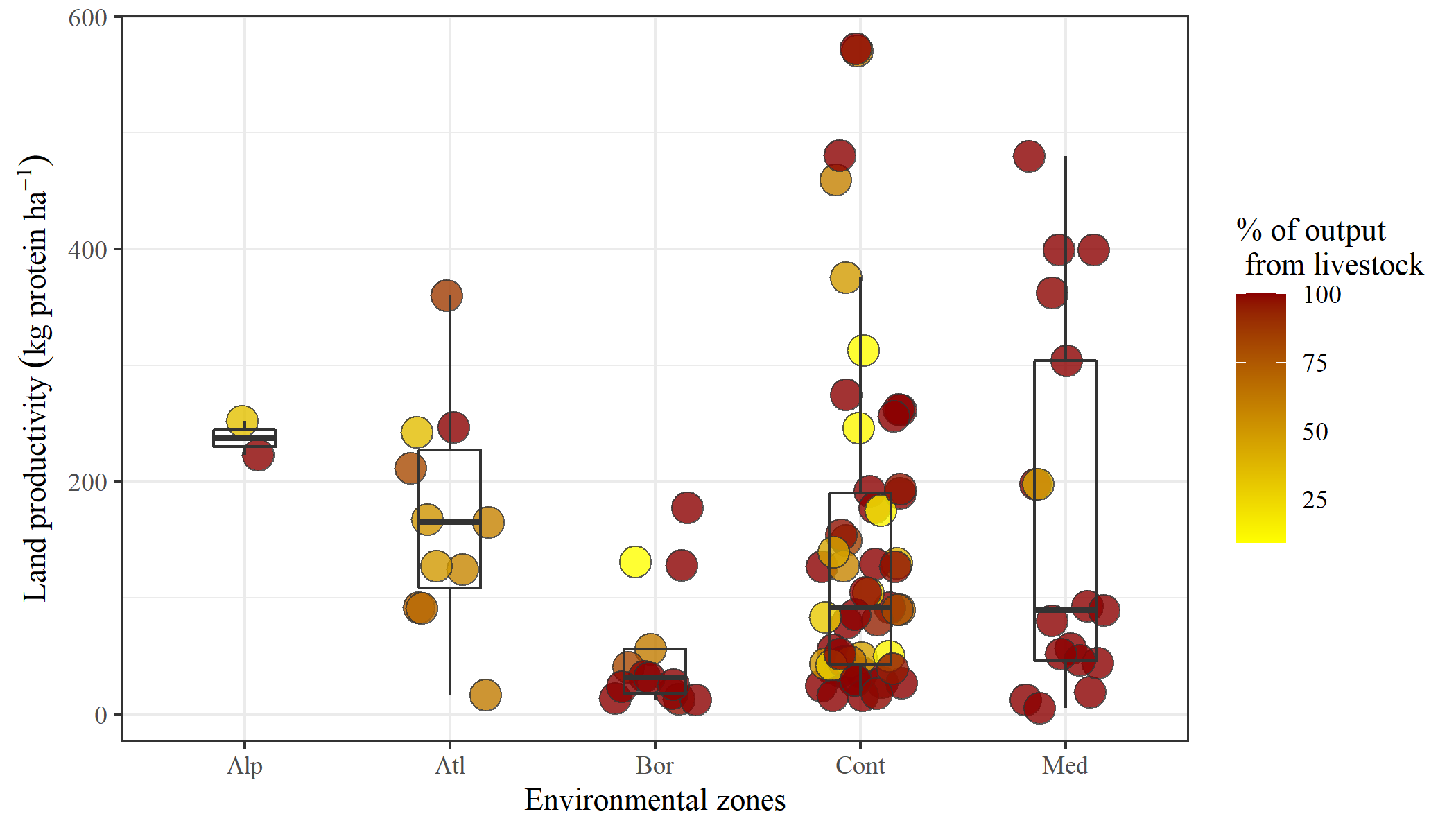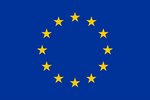Productivity of multi-species organic farms in Europe: initial insights toward sustainable livestock systems
Diversification of farming systems might provide significant environmental and socio-economic benefits. Multi-species livestock farms are complex, and therefore difficult to characterize; however, this complexity can potentially be an advantage for developing robust animal production systems. Here, the Mix-Enable project presents some initial insights from estimations of their productivity across Europe.



An extensive data collection was performed during 2018–2019 with organic farmers in seven European countries (Austria, Belgium, France, Germany, Italy, Sweden and Switzerland). All farms had production with at least two livestock species. Information regarding farm characteristics, production system, crops and livestock species, socioeconomic and market characteristics (herein treated as variables) were surveyed from multi-species crop-livestock farms. Data from 102 certificated organic farms were analyzed and grouped according to environmental zones (see figure 1).
Initial insights
Although all the surveyed farms have organic production, they have intrinsic diverse characteristics, making each farm a unique farming system given its particular resources, livestock combination, and farm management. Data regarding land resources (e.g. areas of cropland, rangeland and pastureland), animal characteristics (livestock units, combination of species, products and animal types), resources for feeding animals (forage harvested, fodder and cereals purchased) and products sold directly to customers or to wholesalers are some of the farm characteristics we use as explanatory variables for further analysis. To make products of different types comparable they were recalculated using a common unit, e.g. based on their protein content.
The farm productivity is assessed using three main outputs: (i) land productivity – the total amount of protein sold per total agricultural area, (ii) animal productivity – the total protein sold per total number of livestock units, and (iii) worker productivity, the total protein sold per number of human working hours per year.
Initial results and future analyses
Some preliminary results obtained from the database of the surveyed European multi-species organic farms are shown here. There is a large variability of product combinations (Figure 2) and productivity (Figure 3) among the farms, regardless of environmental zone, and it is difficult to identify clear determinants of productivity. The project team is using various analysis methods, including artificial intelligence algorithms, to help understand the data, and determine which combinations of variables reported in the survey could be useful for predicting farm productivity. This information could be used to develop better strategies for resources allocation and more efficient policy decisions, to move towards more sustainable livestock production.
Relevant links
projects.au.dk/coreorganiccofund/core-organic-cofund-projects/mix-enable/
Authors
Leonardo A. Monteiro – PostDoc, Swedish University of Agricultural Sciences, Umeå, Sweden (leonardo.monteiro@slu.se)
Gun Bernes – Researcher, Swedish University of Agricultural Sciences, Umeå, Sweden.
David Parsons – Professor, Swedish University of Agricultural Sciences, Umeå, Sweden.
Editor: Karin Ullven / Design: Christine Dilling
